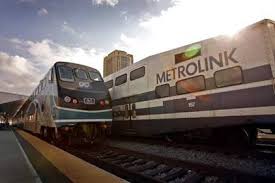If you are interested in national issues such as defense, foreign policy, and trade, and want to hold public office, you should run for Congress. If you are interested in roads, beaches, subways, and policing, you should run for city council or the state legislature.
The push to restore earmarks in Congress is led by politicians who got elected to the wrong democratic body. In a pro-earmark story today, the Washington Post highlights projects that members say justify the narrow spending set-asides:
“There is a 14-mile gap in Interstate 49 outside Fort Smith, Ark., and Rep. Steve Womack, who represents the area, would very much like to secure the estimated $300 million in federal taxpayer money needed to fill it.”
“Rep. Thomas J. Rooney (R-Fla.), who is pushing a proposal that would allow Congress to earmark money for … a pair of water projects he said have been neglected in his district: a beach restoration in an area where the Gulf of Mexico is starting to lap at homes, and repairs to the massive Herbert Hoover Dike that surrounds Lake Okeechobee.
“The Second Avenue Subway in New York City, which opened last year, received more than $600 million.”
“Dozens of police departments received money to improve their equipment and communications systems.
I have questions for the members supporting federal spending on these projects:
Why doesn’t the Arkansas legislature fund the I-49?
If Florida beach restoration is important but neglected, why don’t landowners and city councils along the coast fund it?
New Yorkers may support their subway project, but why should taxpayers elsewhere pay for it? And when asked to vote on it, how could members from other states judge whether it made any sense?
Since policing is a crucial function of local government, wouldn’t citizens support local taxes to buy needed equipment?
The earmark issue is usually framed as a battle of the purse between federal politicians and federal bureaucrats. But the more important issue is ensuring that activities are funded at the level of government that makes the most sense. I discuss here why state and local funding makes sense for state and local activities. As for Congress, it suffers from structural failures that cause it to spend wastefully much of the time, so the less money flowing through it the better.







